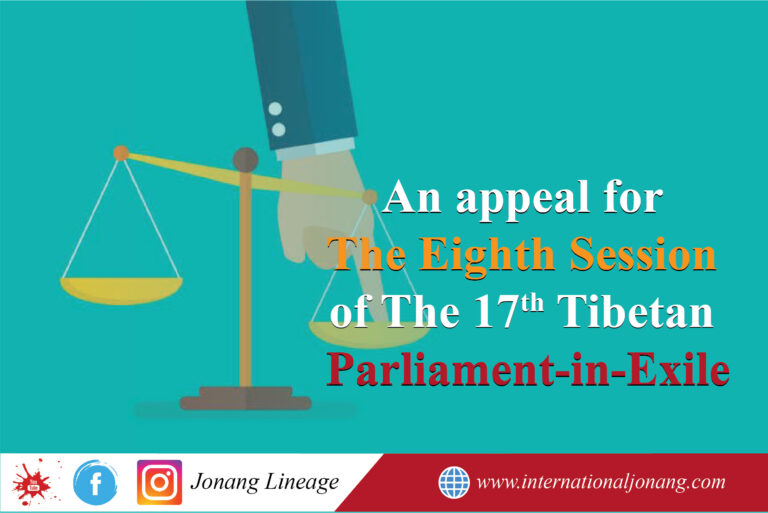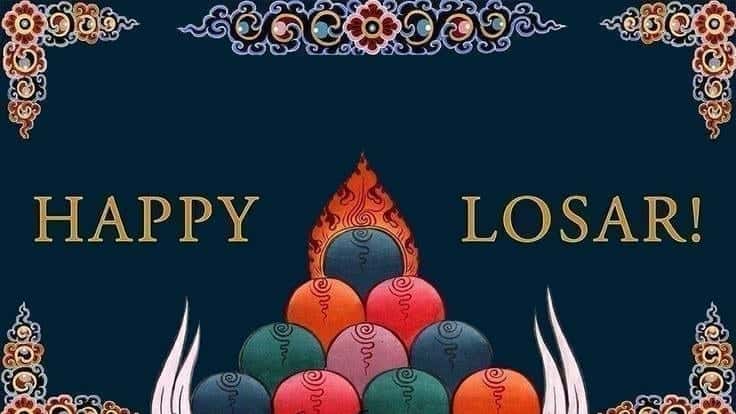Mountain Doctrine
Sixteenth Whatsoever say that the non-self-empty are self-empty are just of interpretable meaning with a thought behind them, as indicated above. By differentiating self-emptiness and other-emptiness one can realise that the scriptures are free of self-contradiction. There are numerous faults if self-emptiness were the only ultimate. For instance, since ultimate reality is called “vajra” then: even squashy, essenceless, pithless, splittable, divisible, burned, and destroyed bad things-dirty substances such as the squishy, the rotten, slime, and so forth-would be the final vajra because of being empty of their own entities. If that is accepted, it would have to be asserted that those would be hard, would be the essence, would not be pithless, and so forth. Using parallel reasoning, Döl-bo-ba asserts that the matrix-of-one-gone-thus and all the ultimate buddha qualities of body, speech, and mind inhering in it are indeed hard, the essence, not pithless, and so on. The qualities of other-emptiness, including uncompoundedness and permanence, are true of what is other-empty. Two Purities This presentation is based on a doctrine of two types of purity-natural primordial purity and purity of adventitious defilements brought about through practice. In this way there are naturally primordially pure versions of all phenomena ranging from forms through omniscience. For example, there are naturally primordially pure forms that are beyond the three realms and the three times, and regarding the five aggregates the pure versions are the five deities and the five wisdoms. Döl-bo-ba similarly elaborates on pure versions of the six sense powers, the six constituents, the twelve links of dependent-arising, the four truths, the six perfections, and so forth and concludes that the realms of the pure and the impure are separate: Hence, with the correct view you should realize that the primordially naturally pure is just pure and also realize that the impure is just impure. Concerning that, the impure are all the forms and so forth included within adventitious defilements. The Hevajra Tantra extensively says: “O bhagavan, what are the impure?” The bhagavan said, Forms and forth. Why? Because of being the

